The Westin Josun Seoul (웨스틴 조선 서울)
859.0M 2025-07-18
106, Sogong-ro, Jung-gu, Seoul
SUSHI CHO (스시조)
859.0M 2021-03-29
106, Sogong-ro, Jung-gu, Seoul
+82-2-317-0373
This store was selected for the Michelin Guide Seoul 2021. This Japanese (cuisine) restaurant is located in Jung-gu, Seoul. The most famous menu is sushi.
Museo de Arte Kumho (금호미술관)
863.9M 2023-02-22
Samcheong-ro 18, Jongno-gu, Seúl.
El Museo de Arte Kumho fue inaugurado el 10 de mayo de 1989, con el objetivo de proporcionar espacio para la exposición de obras de los nuevos artistas y de esta manera desarrollar, capacitar y beneficiar el sector de la cultura artística. Luego, en octubre de 1999, con la llegada de Park Gang-ja, la nueva titular del museo, se transformó en un complejo artístico y cultural.
Lotte Hotel Seoul (롯데호텔서울)
867.7M 2021-05-31
30, Eulji-ro, Jung-gu, Seoul
+82-2-771-1000
Lotte Hotel Seoul is a first class hotel located in the heart of Seoul, offering outstanding services to guests. The hotel is equipped with over 1,015 guestrooms, restaurants and bars, grand conference halls and banquet halls, a fitness club, business center, hotel museum, Lotte Duty Free, and a variety of other facilities to accommodate guests. In 2018, the executive tower was upgraded, adding more luxury to the hotel.
Donjon Chamnamu Jangjakgui (돈존참나무장작구이)
867.9M 2021-03-19
8, Jong-ro9-gil, Jongno-gu, Seoul
+82-2-730-2700
A smoked BBQ restaurant. The representative menu is grilled duck. This Korean cuisine is located near Jonggak Station, Seoul.
Jonggak Hanu (종각한우)
867.9M 2021-03-19
8, Jong-ro 9-gil, Jongno-gu, Seoul
+82-2-733-5613
A barbecue specialty restaurant located in Jongno, Seoul. The most famous menu is assorted grilled Korean beef cuts. A restaurant that's open for group dinners.
Mugunghwa - Lotte Hotel Seoul (무궁화 롯데호텔서울)
867.7M 2021-03-19
30, Eulji-ro, Jung-gu, Seoul
+82-2-317-7061
This Korean cuisine is located near Euljiro 1(il)ga Station, Seoul. The representative menu is Korean table d'hote. A restaurant serving Korean course meal menu recognized by MICHELIN.
La Seine - Lotte Hotel Seoul(라세느 롯데호텔서울)
867.7M 2021-04-15
30, Eulji-ro, Jung-gu, Seoul
+82-2-317-7171
This buffet is located near Euljiro 1(il)ga Station, Seoul. The representative menu is buffet. It is located at a well-known hotel in Korea.
Mojji Cream (모찌크림)
867.7M 2021-03-26
30, Eulji-ro, Jung-gu, Seoul
+82-2-772-3997
It is a Japanese-style dessert shop. This cafe is located in Jung-gu, Seoul. The representative menu is espresso.
Parque Abierto Songhyeon (열린송현녹지광장)
877.0M 2025-05-28
Songhyeon-dong 48-9, Jongno-gu, Seúl
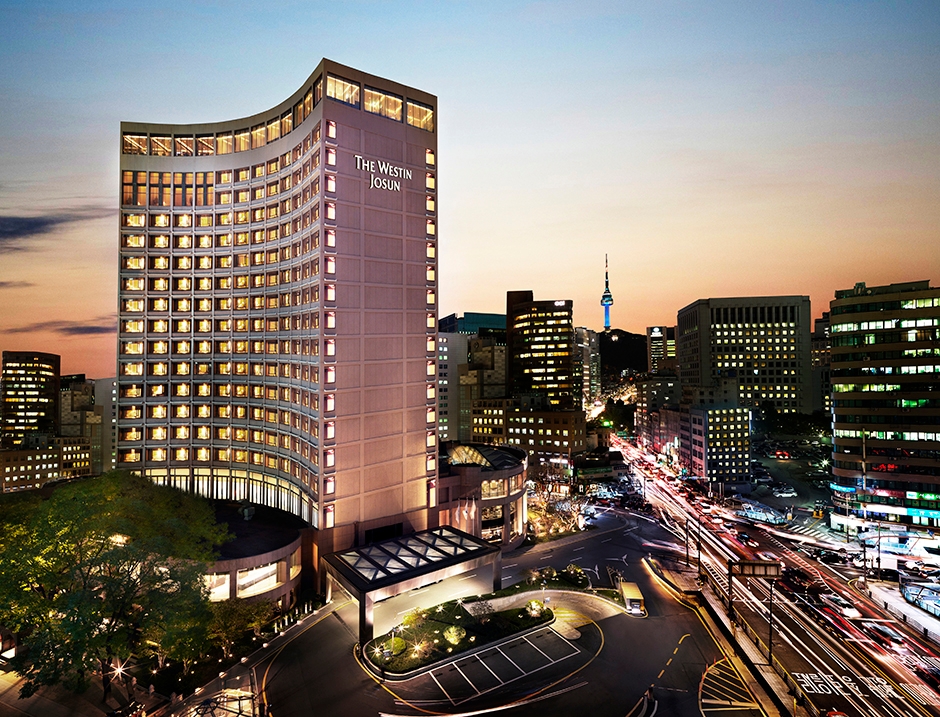
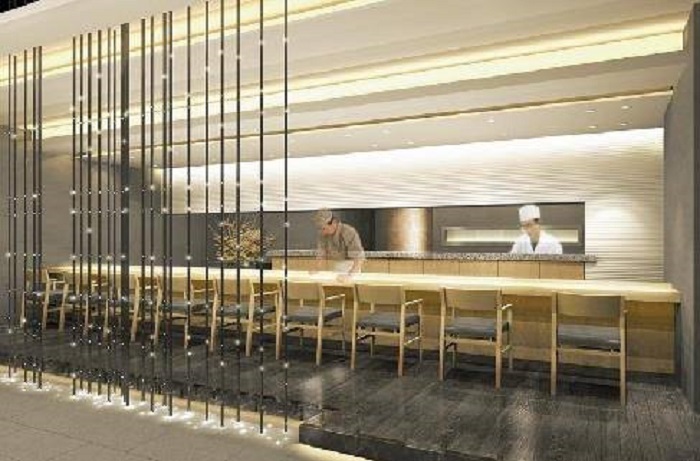
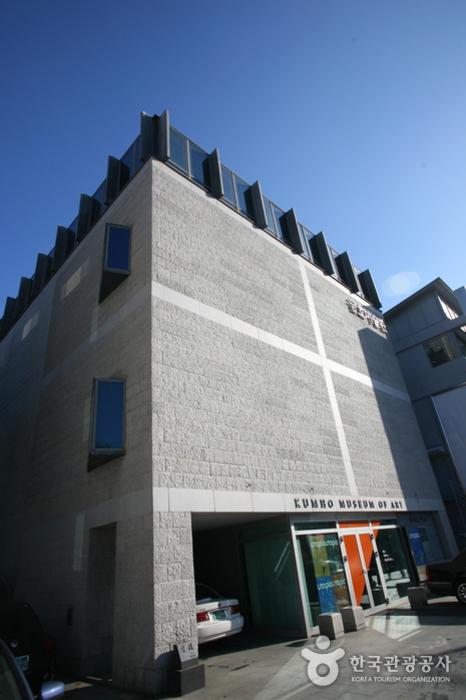
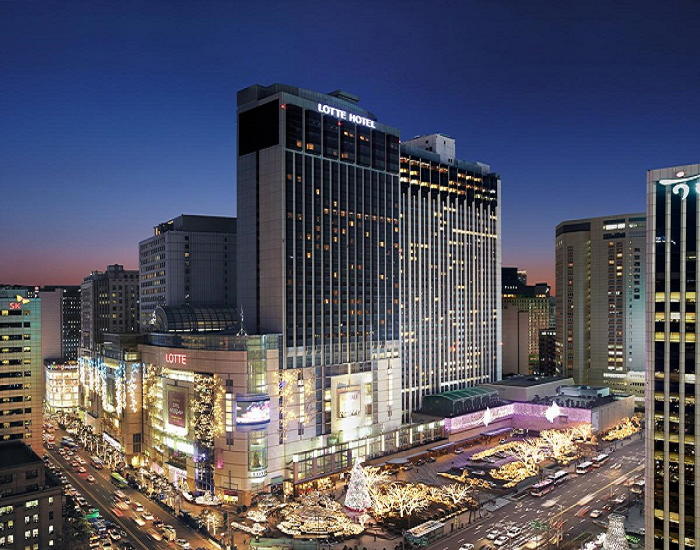
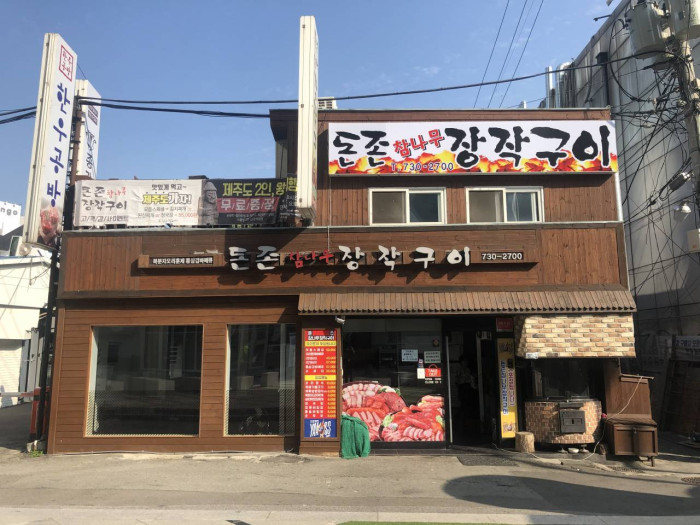
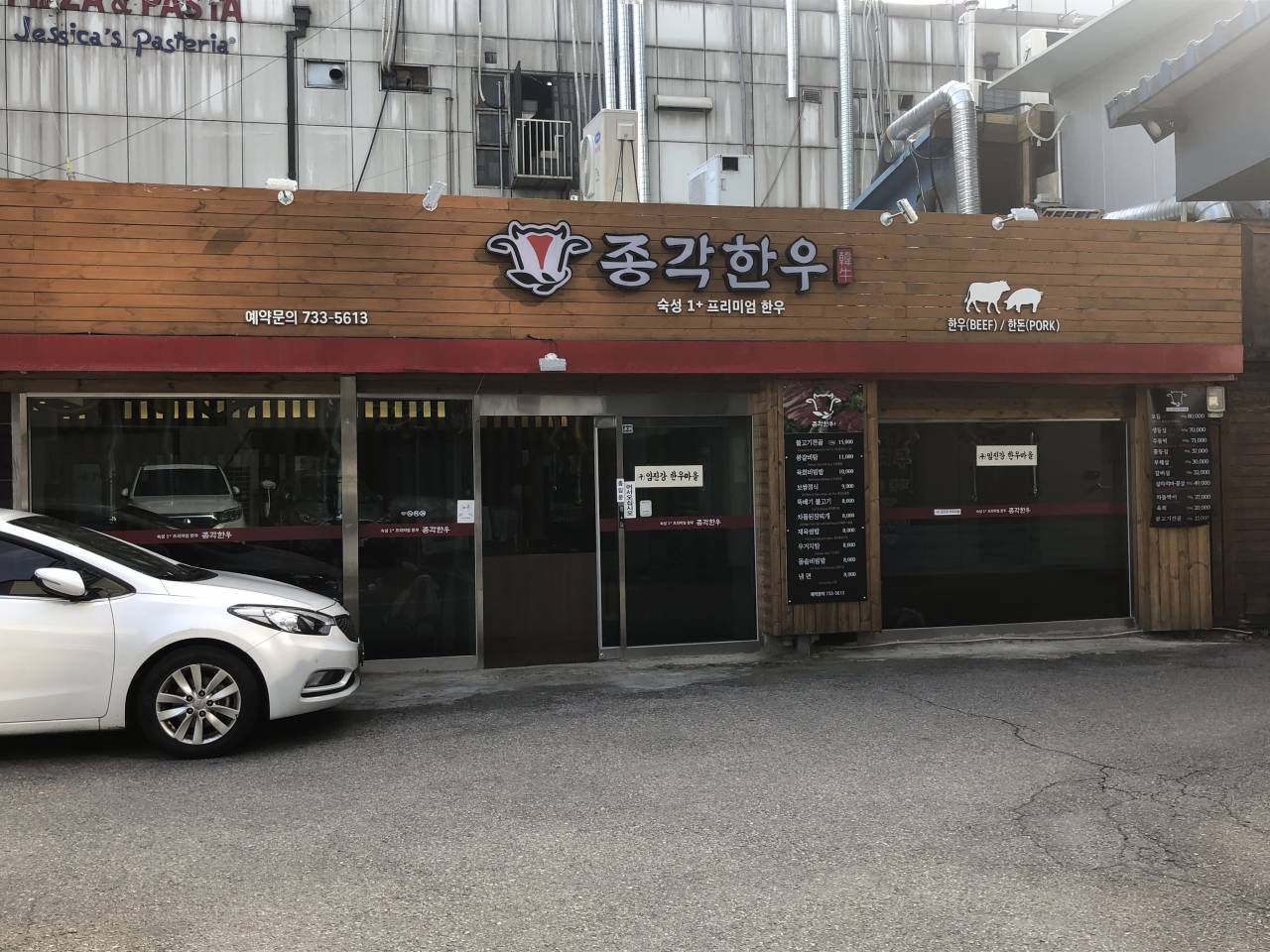
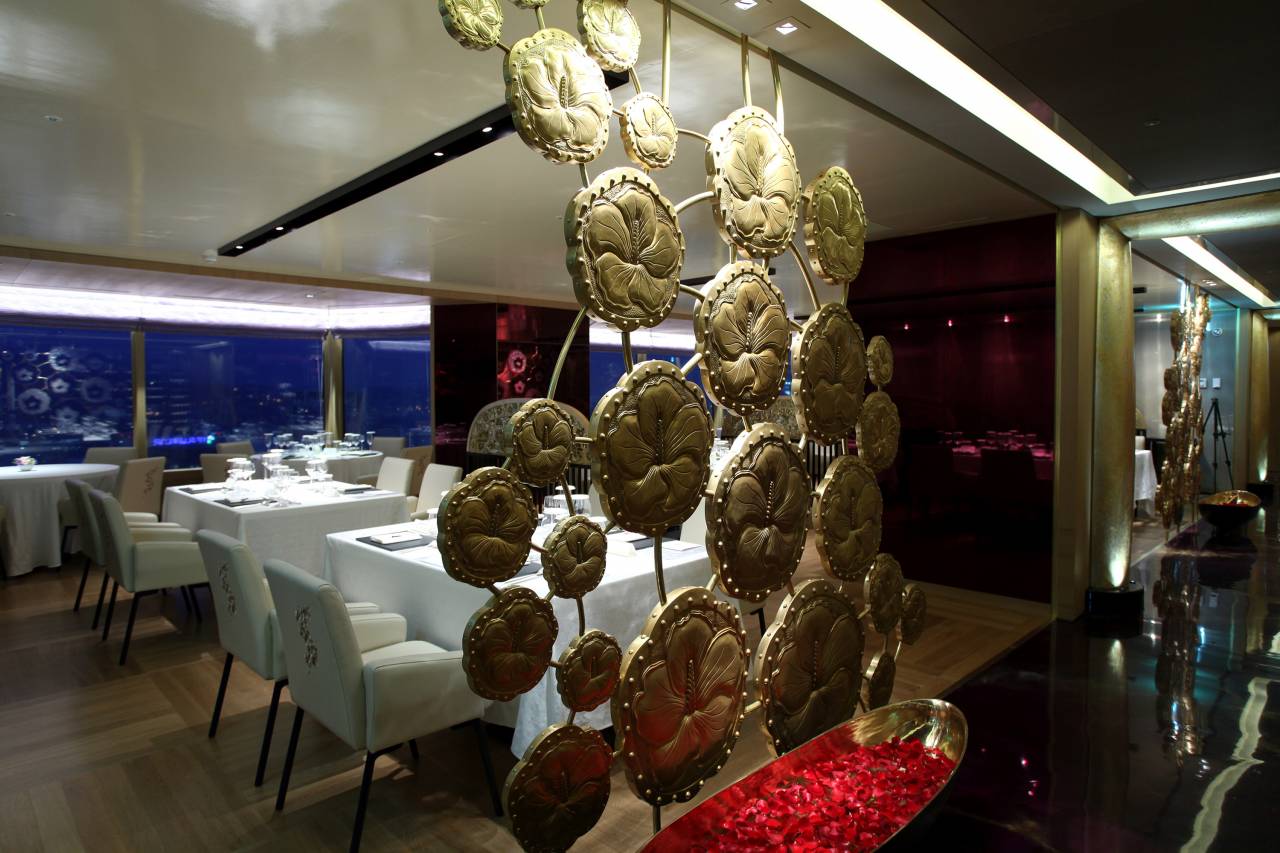
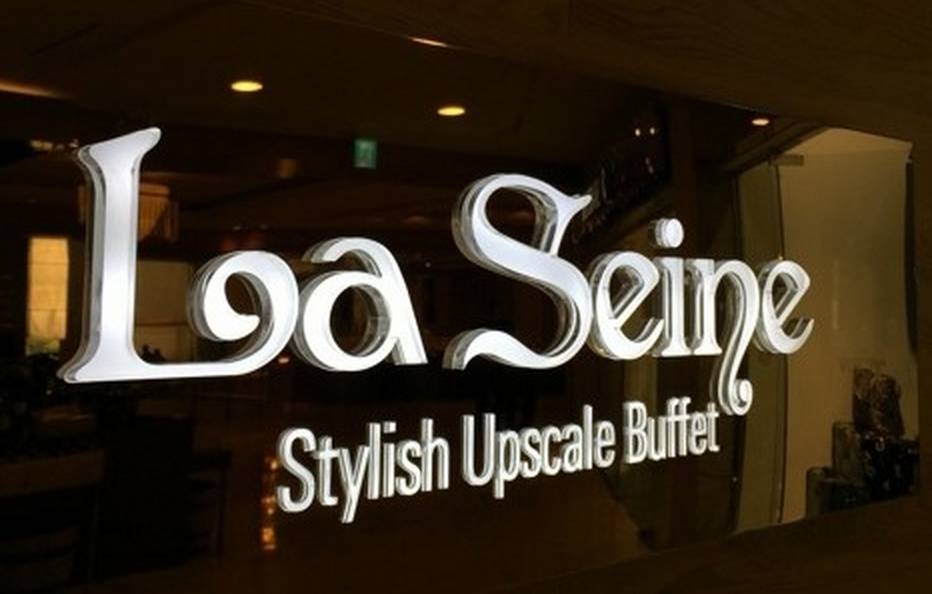
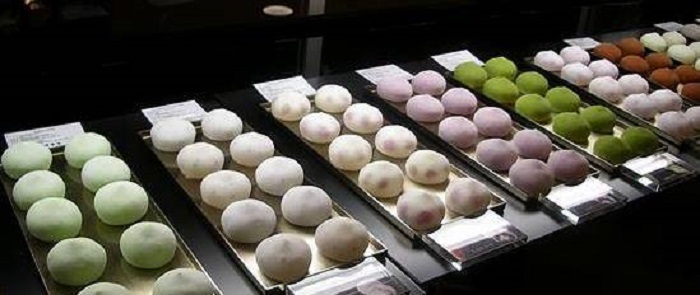
 Español
Español
 한국어
한국어 English
English 日本語
日本語 中文(简体)
中文(简体) Deutsch
Deutsch Français
Français Русский
Русский